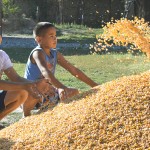
Nearly all farmers in the southern oblast of Jalal-Abad in Kyrgyzstan grow maize according to traditional methods—with outdated techniques and high manual labor—which limit profitability. Often, the maize they grow for animal feed is not enough, so they must buy additional feed to get through the winter.
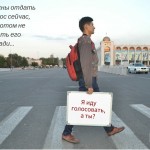
While youth political participation in Kyrgyzstan has been historically low, Kyrgyz youth are active on social media, often accessing it via mobile networks that cover most of the country. Could a campaign to turn online activity into real-life activity at the polling stations make a difference in voter turnout?
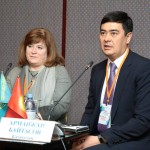
Local media in Central Asia are hungry for tools and strategies that will allow them to continue to operate and even thrive in a less-than-optimal advertising market and difficult financial conditions. The recession in Russia has led hundreds of thousands of Central Asian labor migrants to return to their homes, causing a severe drop in remittances, which make up a sizable portion of GDP in Kyrgyzstan and Tajikistan in particular. In addition, regional media agencies face a range of other challenges including insufficient strategic and financial planning skills, trouble retaining professional staff due to low salaries, and lack of reliable audience metrics to attract advertisers. Moreover, the 2015 transition from analog to digital broadcasting remains problematic for most media outlets in the region. Many of them cannot afford to purchase the new equipment they need to produce and broadcast digital content, nor to pay the fees charged by the companies that control access to the digital broadcasting spectrum. In some cases, legal and regulatory obstacles may prevent stations from gaining access to broadcasting frequencies.
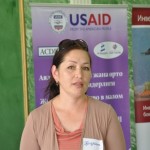
Like many other women entrepreneurs in Kyrgyzstan, Gulzat Tuleeva was able to fulfill her dream of starting a business only after her children were old enough. She launched her hotel business in 2013 when she was 36 years old and had four children with the eldest being already 15. Gulzat’s 12 room guesthouse, Adamkaly (Good Luck), is conveniently placed along the main road in Kochkor city, mountainous Naryn province in central Kyrgyzstan. The year-round guests are mostly business travelers from local businesses, banks, and government agencies. From May through October, Gulzat’s guesthouse also caters to local and international tourists.
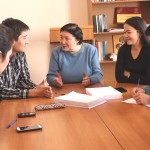
The Kyrgyz Republic has the most vibrant and diverse civil society in Central Asia. The Government is introducing a social procurement system to directly fund civil society organizations (CSOs) as effective public service providers. At the same time, USAID’s Collaborative Governance Program has worked in parallel to improve the expertise of CSOs through nonprofit management (NPM) education. This initiative responds to the need within the CSO community for better NPM education so that CSOs can improve the quality of social services, conduct research in support of decision-making, and more effectively advocate for citizens’ needs.








Comment
Make a general inquiry or suggest an improvement.